BLOGUE
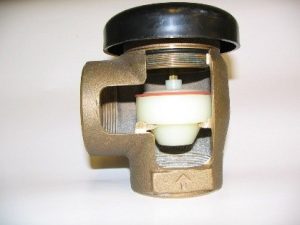
Le casse-vide atmosphérique (C-VA) : une installation par défaut
Le casse-vide atmosphérique (C-VA) est un dispositif de protection contre le refoulement souvent utilisé dans les bâtiments résidentiels et commerciaux ainsi que dans les usines.
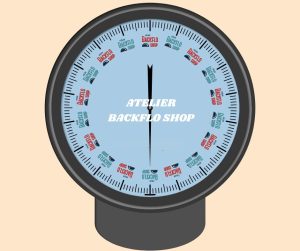
Le rôle de Atelier Backflo Shop dans la calibration d’un manomètre
Dans l’industrie de l’eau potable, le rôle du vérificateur est extrêmement important. En effet, celui-ci s’assure que les dispositifs antirefoulement présents sur le marché soient
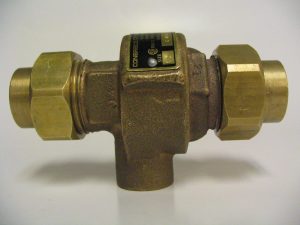
Le DArOD, cet incompris !
Les plombiers ont souvent recours au dispositif antirefoulement à deux clapets de retenue à orifice de décharge (DArOD) à deux clapets de retenue à orifice
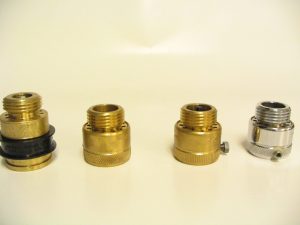
Le C-VRF : Un détail qui protège tout un réseau
Le C-VRF : un petit dispositif pour éviter de gros problèmes ! Le C-VRF, ou casse-vide à raccordement de flexible, est un petit dispositif qui
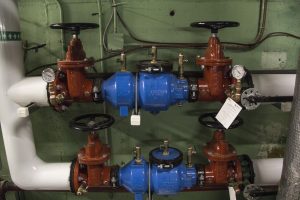
4 raisons pour lesquelles les DAr se brisent
Les défaillances des DAr peuvent être multiples. En effet, les dispositifs antirefoulement (DAr) jouent un rôle crucial dans la prévention de la contamination des réseaux
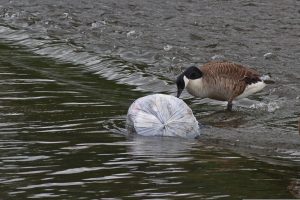
Contaminants dans l’eau ; les 5 plus importants
Il n’est pas rare de recevoir des avis d’ébullition ainsi que des communications qui demandent de faire couler l’eau avant de la consommer. Ces mesures
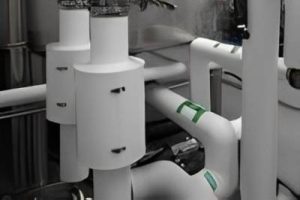
Isolation thermique amovible ; une solution pratique et rentable
Le calorifugeage est une technique essentielle pour isoler les tuyaux et canalisations. Ainsi, il permet de minimiser les déperditions thermiques, ce qui améliore considérablement l’efficacité
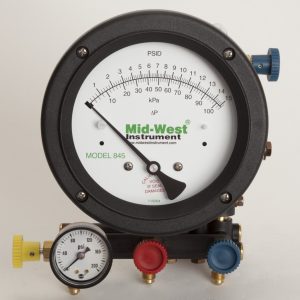
Pourquoi calibrer son manomètre annuellement ?
Pourquoi est-il important de calibrer annuellement son manomètre différentiel? On utilise les manomètres différentiels pour faire la certification annuelle obligatoire des dispositifs antirefoulement. Cependant, de
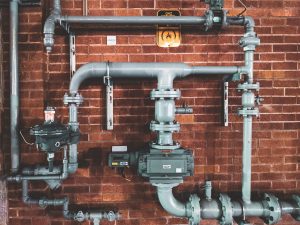
5 erreurs lors de l’installation d’un dispositif antirefoulement
Les 5 erreurs les plus fréquentes lors de l’installation d’un dispositif antirefoulement (DAr) incluent une installation inadéquate. Cela peut entraîner des coûts d’entretien élevés et
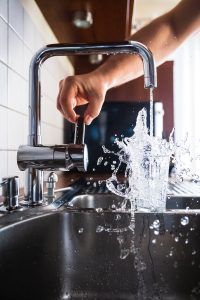
Eau potable et contamination au plomb
Des moyens simples pour prévenir la contamination – Santé Canada limite la teneur en plomb dans l’eau potable à 10 parties par milliard dans un échantillon
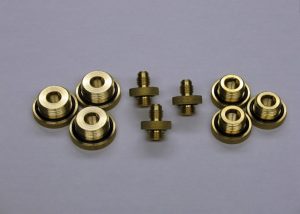
Ensemble d’adaptateurs « Quick Connect » !
Un travail professionnel en un rien de temps! Pour effectuer la certification d’un dispositif antirefoulement de manière efficace, les ensembles d’adaptateurs rapides « Quick Connect » sont
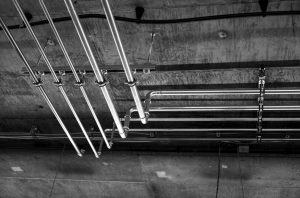
L’usage de produits sans plomb en plomberie
Produits sans plomb : de nouvelles exigences Au Québec, depuis le 1er mai 2014, il est interdit d’installer des robinets ou tout autre accessoires de